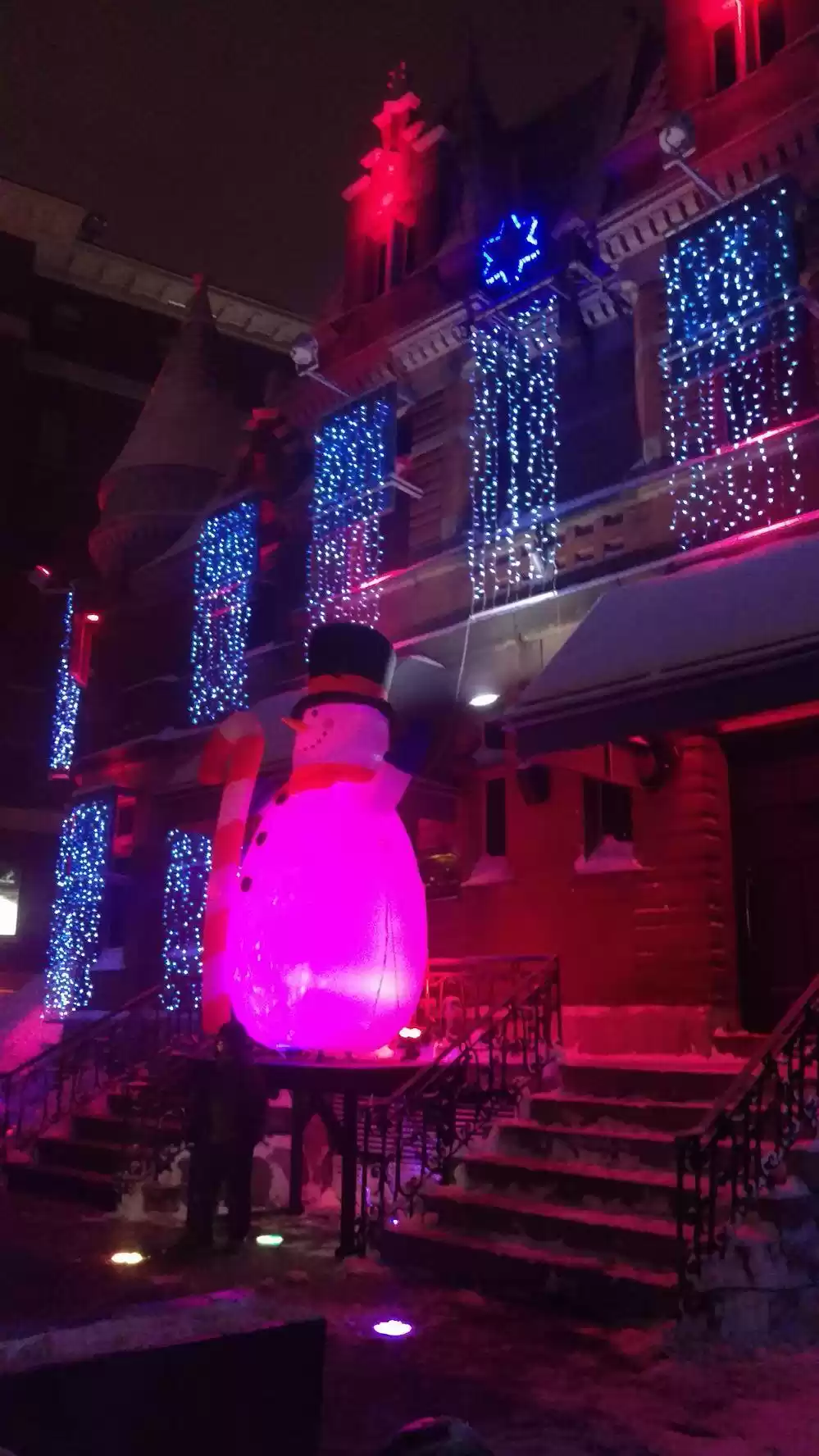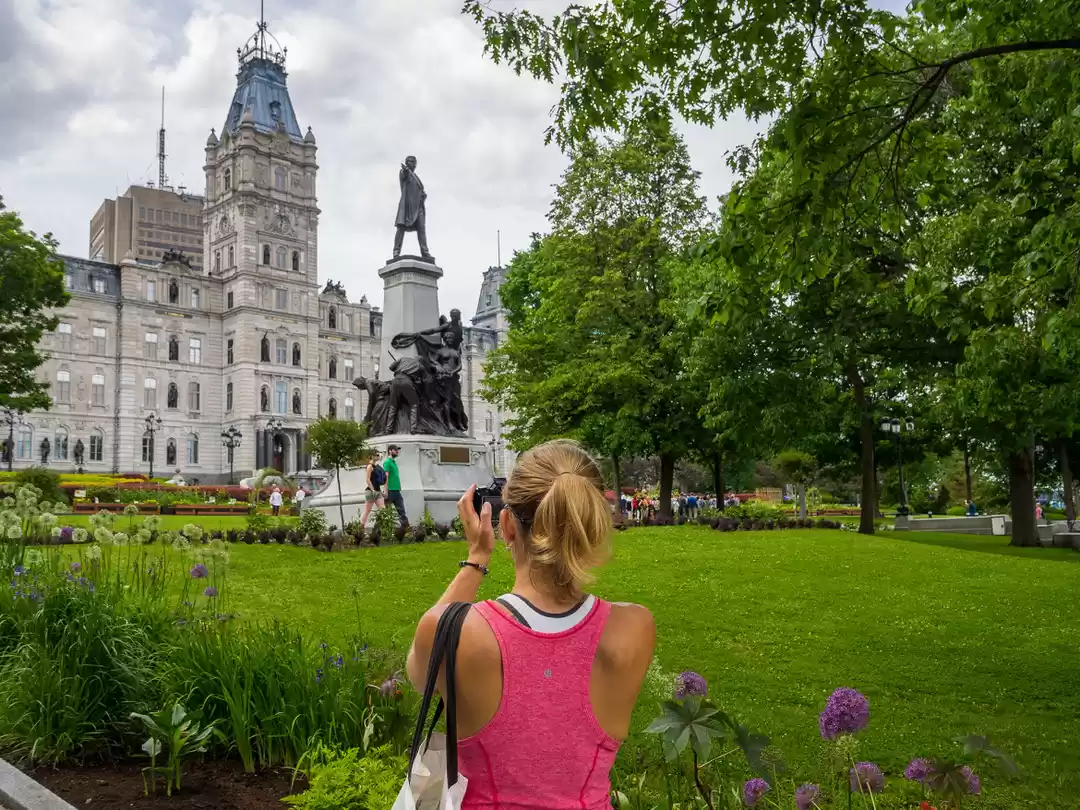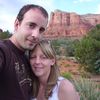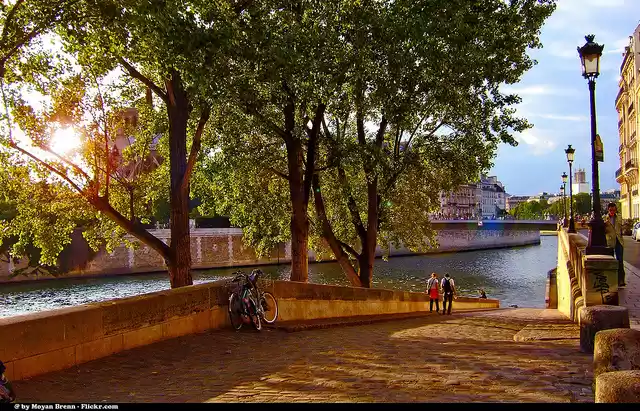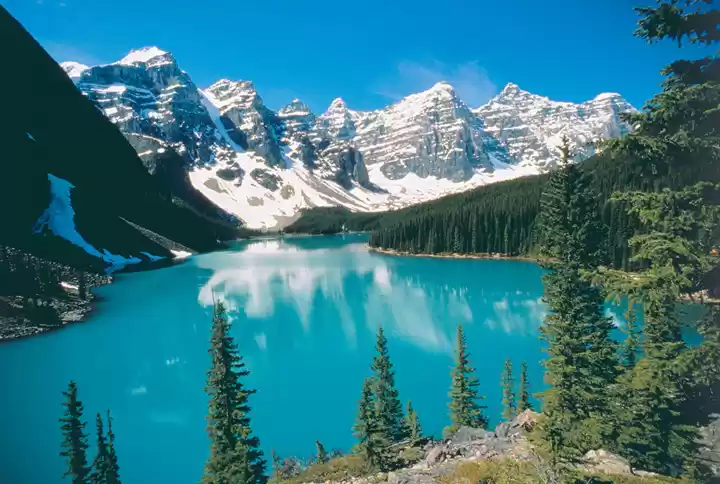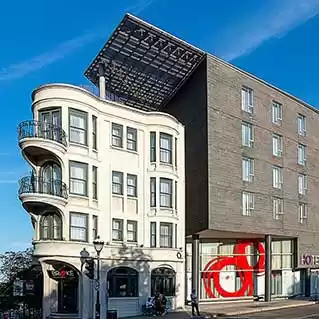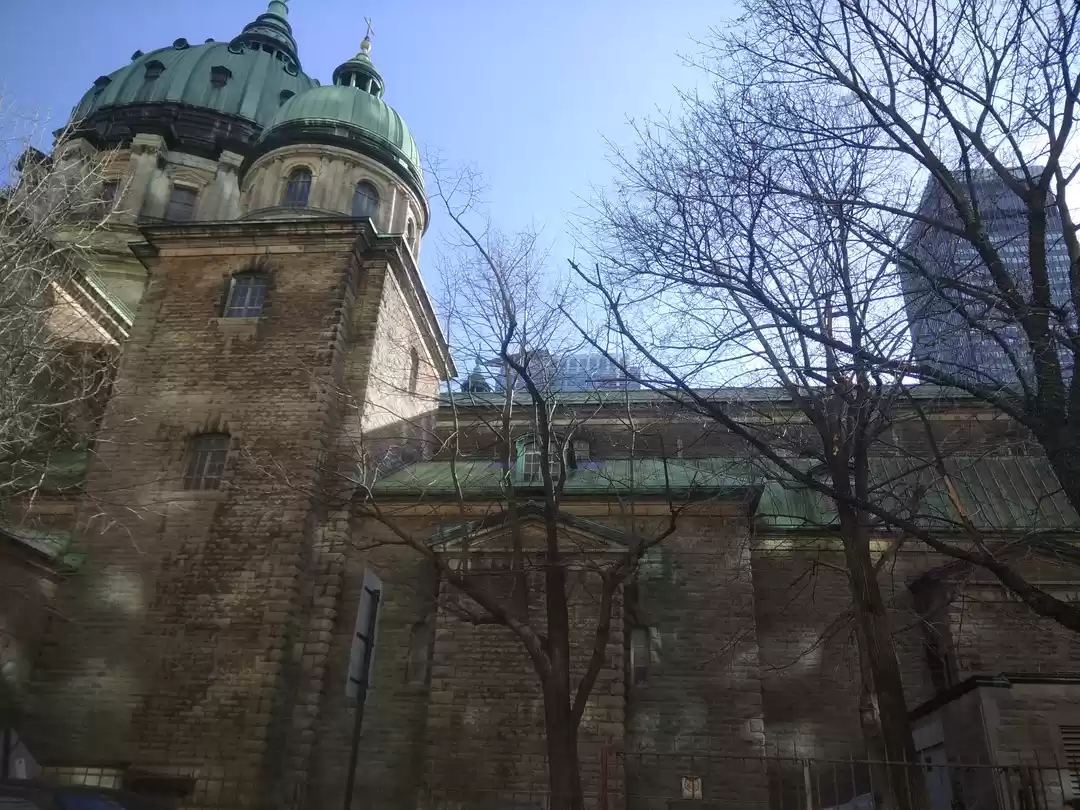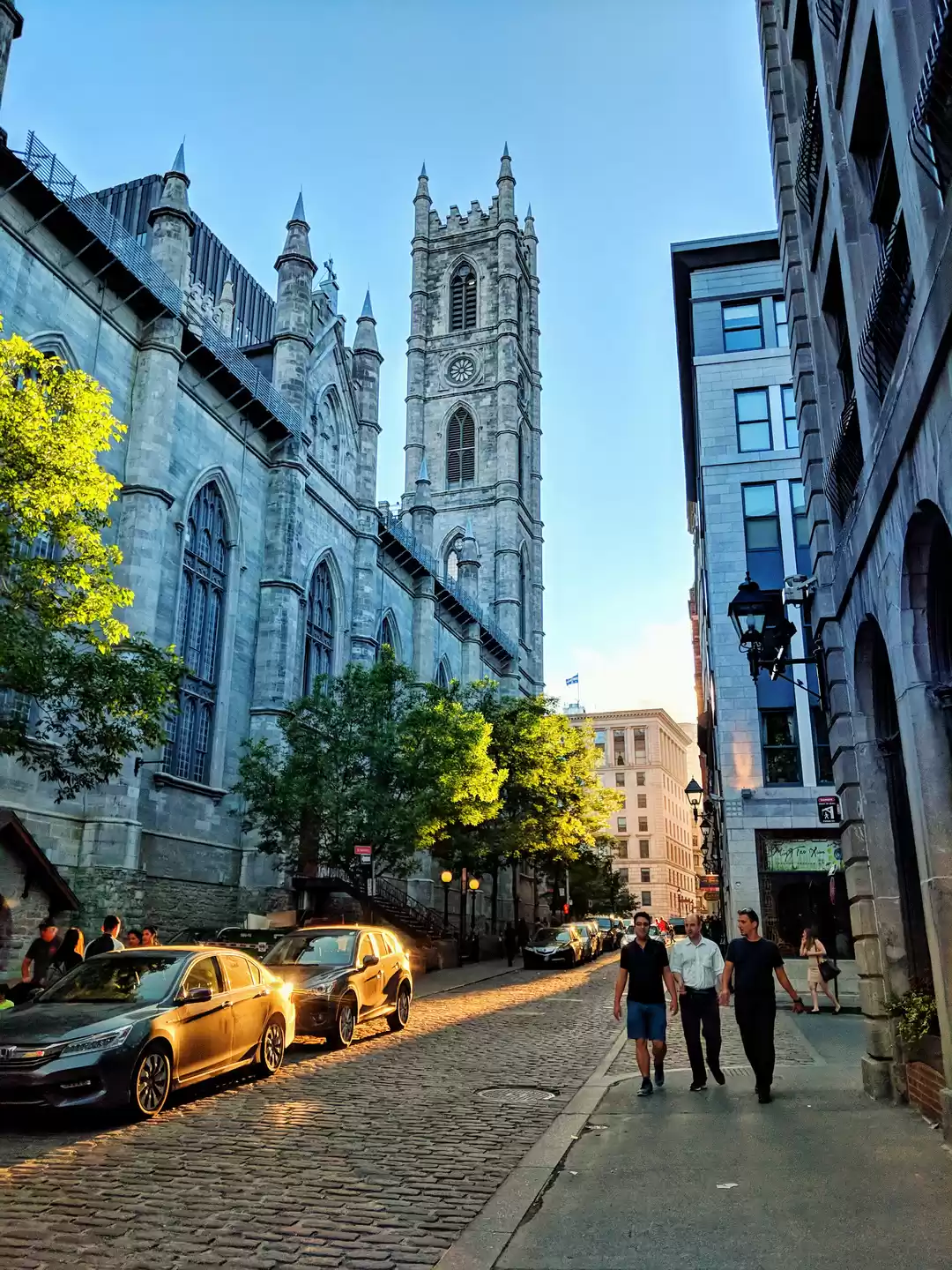Québec Tourism and Travel Guide
Quebec (/kɨˈbɛk/; French: Québec [kebɛk]), also Québec, City of Québec, Quebec City, or Québec City (French: Ville de Québec), is the capital of the Canadian province of Quebec. In 2011 the city had a population of 516,622, and the metropolitan area had a population of 765,706, making it the second most populous city in Quebec after Montreal, which is about 233 km (145 mi) to the southwest. The narrowing of the Saint Lawrence River proximate to the city's promontory, Cap-Diamant (Cape Diamond), and Lévis, on the opposite bank, provided the name given to the city, Kébec, an Algonquin word meaning 'where the river narrows'. Founded in 1608 by Samuel de Champlain, Quebec City is one of the oldest cities in North America. The ramparts surrounding Old Quebec (Vieux-Québec) are the only fortified city walls remaining in the Americas north of Mexico, and were declared a World Heritage Site by UNESCO in 1985 as the 'Historic District of Old Québec'. According to the federal and provincial governments, Québec is the city's official name in both French and English, although Quebec City (or its French equivalent, Ville de Québec) is commonly used, particularly to distinguish the city from the province. In French, the names of the province and the city are distinguished grammatically in that the province takes the definite article (le Québec, du Québec, au Québec) and the city does not (Québec, de Québec, à Québec). The city's famous landmarks include the Château Frontenac, a hotel which dominates the skyline, and La Citadelle, an intact fortress that forms the centre-piece of the ramparts surrounding the old city. The National Assembly of Quebec (provincial legislature), the Musée national des beaux-arts du Québec (National Museum of Fine Arts of Quebec), and the Musée de la civilisation (Museum of Civilization) are found within or near Vieux-Québec.

